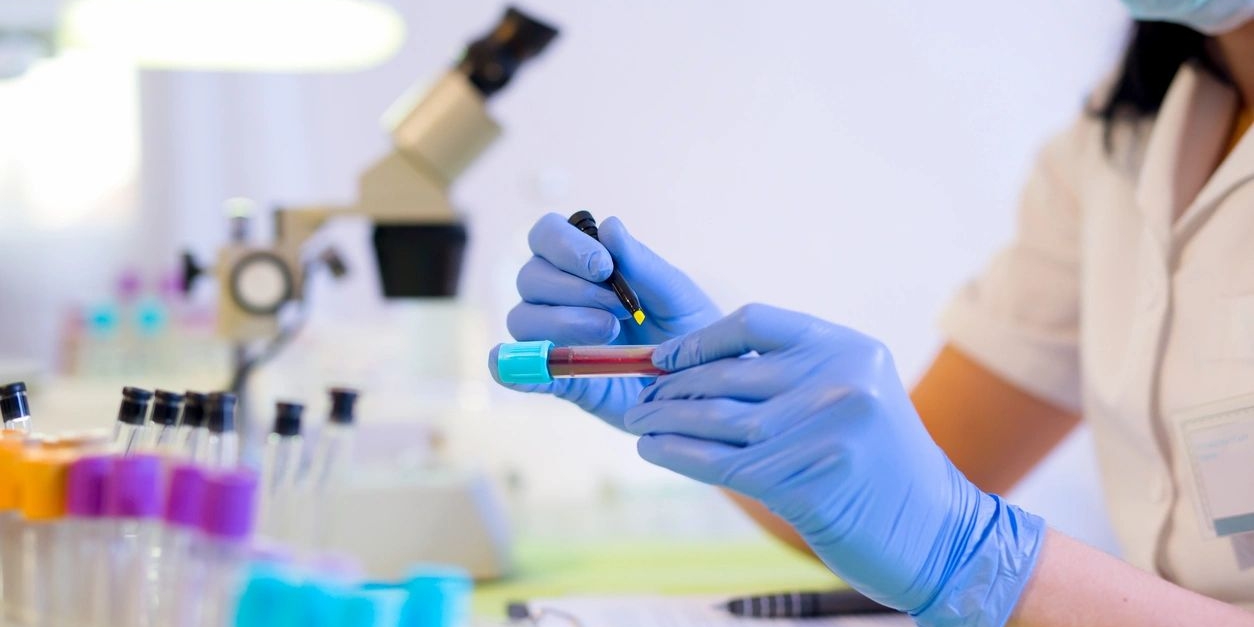Animal Care in Nonclinical Laboratory Studies
Adhering to Good Laboratory Practices for animal care is essential to ensure that facilities conducting nonclinical laboratory studies maintain sanitary conditions and minimize cross-contamination.
When working in the heavily regulated biopharma, biotech, or medical device industries, ensuring compliance with FDA guidelines and industry standards is imperative. Organizations performing preclinical testing must adhere to Good Laboratory Practices (GLP), as defined under 21 CFR 58. Each subpart within this document provides specific guidelines for nonclinical laboratory studies, including those for facility operation and maintenance, equipment maintenance, and personnel management.
It is essential for personnel involved in conducting nonclinical laboratory studies to be trained on and have a thorough understanding of GLP regulations, to ensure that study experiments are performed in a compliant manner. In particular, special care must be taken to comply with regulations about animal care. These measures ensure that facilities are correctly managed and that animal care procedures are followed to maintain sanitary conditions and minimize cross-contamination.
ANIMAL CARE FACILITIES
Subpart C, explains regulations for Facilities under GLP. Outlines specific rules that must be followed by animal care sites. The primary requirement is for these facilities to have sufficient space to house animals. This is needed to ensure the following: species or test systems are appropriately separated. Individual projects are isolated, animals are quarantined, and routine or specialized housing is provided for the animals.
Moreover, separate animal rooms or areas must be maintained for studies that involve biohazardous testing or control articles. Separate areas must also be provided to isolate animals that are suspected of being diseased. Known to have a disease, or maybe a carrier of a disease. These areas may be used to diagnose, treat, and control laboratory animal diseases. Facilities must also be provided to dispose of all animal waste. If this cannot be done on-site, they must safely store the waste before it is removed from the facility. Wherein care must be taken to maintain sanitation and minimize contamination.
ANIMAL CARE PROCEDURES
Subpart E, which refers to Testing Facility Operations, outlines the appropriate practices for animal care. Under this section, laboratories are expected to have standard operating procedures for the care of animals, including details regarding their housing, feeding, and handling. In addition to housing animals of different species in separate rooms, animals of the same species that are used in different studies should also be housed in different rooms. This is necessary if it is likely that exposure to the test or control articles could adversely affect the study. Appropriate cleaning and sanitization measures need to be taken for animal cages and racks, and any bedding used in cages must be changed, as needed, to ensure that the animals are kept clean and dry.
Such procedures allow for studies to be conducted in a way that reduces the likelihood of adverse effects. Compliance with these regulations enables organizations to conduct safe and effective nonclinical laboratory studies.





